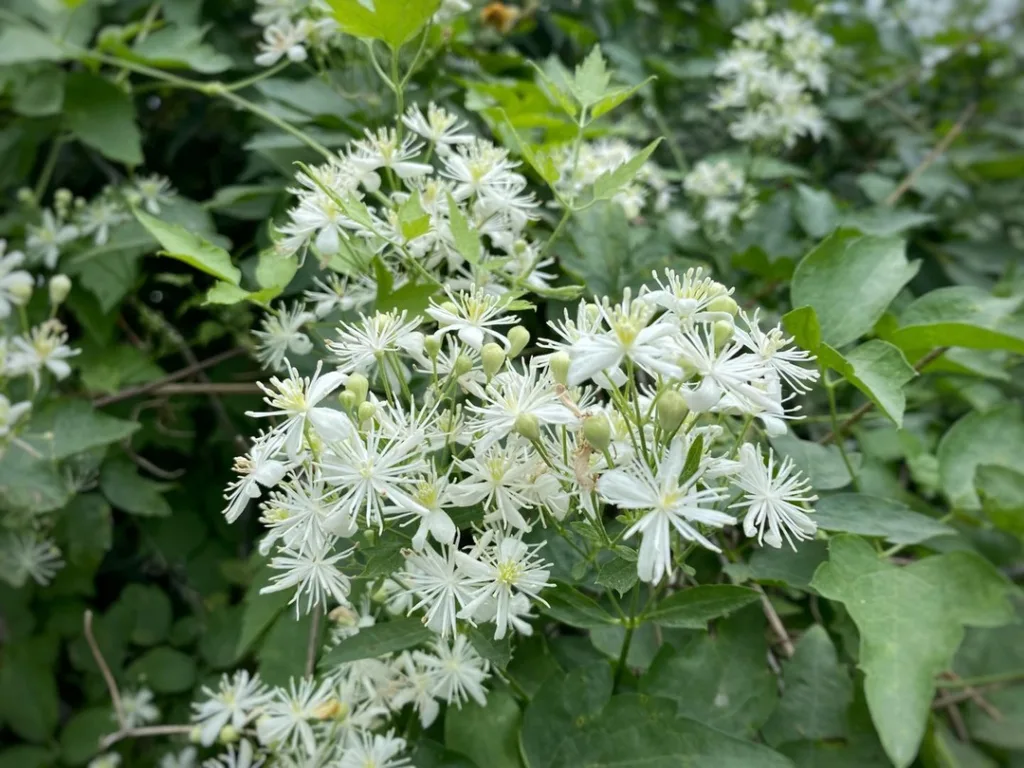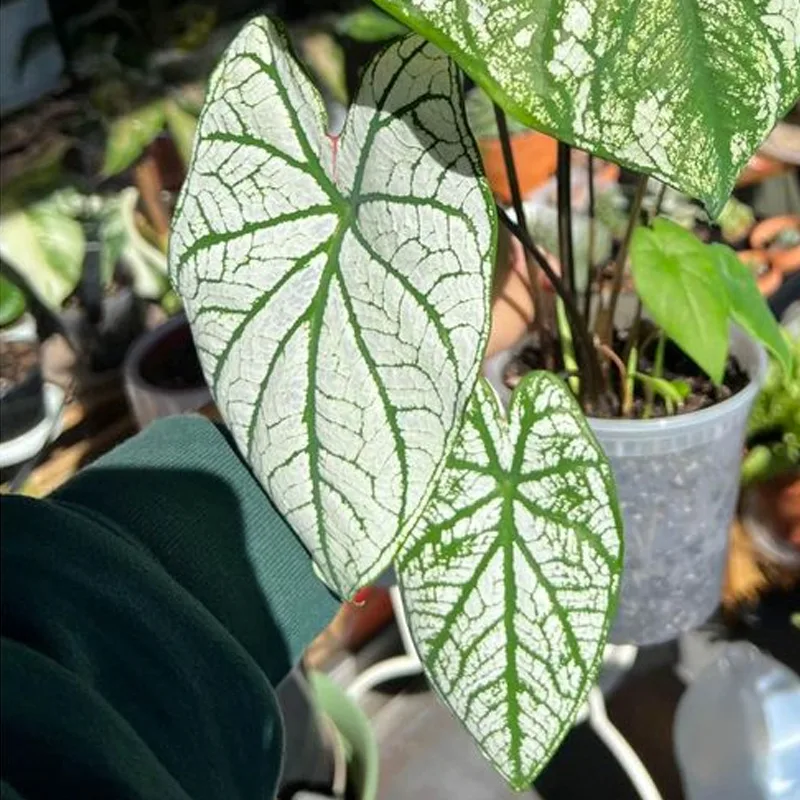Aeonium Canariense: The Velvet Giant of Succulents
Hi there, Ferb Vu here! Today, we’re diving into the world of succulents and focusing on a real showstopper: the Aeonium Canariense. This Canary Island native has captured the hearts of plant enthusiasts with its impressive size, captivating texture, and vibrant blooms.
Whether you’re a seasoned succulent aficionado or a curious newcomer, this FAQ will equip you with everything you need to know about caring for your very own Aeonium Canariense.
91 Species in Genus Aeonium
What is an Aeonium Canariense?
The Aeonium Canariense, also known as the Canary Island Aeonium, Giant Velvet Rose, or Tree Aeonium, is an evergreen succulent belonging to the Crassulaceae family. Endemic to the island of Tenerife, it thrives on dry slopes and cliffs.
This succulent boasts large, rosette-shaped clusters of fleshy leaves. Imagine velvety green spoons, up to 12 inches wide, forming a mesmerizing architectural wonder. With proper care, your Aeonium Canariense can reach a height of 2 to 3 feet, making a real statement in your home.
Aeonium Canariense vs. Other Succulents: Striking Similarities, Subtle Differences
Many succulents share similar needs, and the Aeonium Canariense is no exception. Here’s a quick comparison to two popular succulents:
- Aeonium Canariense vs. Echeveria: Both flaunt stunning rosettes, but Aeonium Canariense tends to be larger and features fuzzy leaves, while Echeveria boasts smooth, waxy ones.
- Aeonium Canariense vs. Aloe Vera: Both are succulents with health benefits, but Aeonium Canariense is purely ornamental, while Aloe Vera’s gel has medicinal uses.
Light Up Your Aeonium’s Life
Just like most succulents, your Aeonium Canariense thrives in bright, indirect sunlight. Aim for 6 hours a day. If you live in a region with intense afternoon sun, consider providing some shade during the hottest part of the day. Remember, happy Aeonium, happy Ferb!
Watering Wisdom: When Less is More
One of the biggest mistakes succulent owners make is overwatering. Aeonium Canariense, like other succulents, stores water in its leaves. This amazing adaptation allows them to survive in dry environments. Here’s the golden rule: water your Aeonium Canariense only when the soil is completely dry to the touch.
During the summer months, you might need to water more frequently, but always err on the side of caution. Drench the soil thoroughly, allowing excess water to drain freely from the pot’s drainage holes. Never let your Aeonium sit in water.
Finding the Perfect Potting Mix
For optimal drainage, choose a well-draining succulent or cactus potting mix. You can even create your own by combining equal parts perlite, potting soil, and sand. This gritty mix allows water to flow through efficiently, preventing root rot, a silent killer of succulents.
Temperature Talk: Keeping Your Aeonium Cozy
The Aeonium Canariense prefers moderate temperatures between 65 and 75 degrees Fahrenheit. It’s not a big fan of extremes. Protect your Aeonium from frost and scorching heat.
During the winter months, bring your Aeonium indoors if you live in a region with freezing temperatures. If you live in a warmer climate, you can keep it outdoors year-round in a protected location.
Blooming Beauty: A Once-in-a-Lifetime Spectacle
The Aeonium Canariense is monocarpic, meaning each rosette flowers only once towards the end of its lifespan. This spectacular event typically occurs after several years of growth. The rosette produces a tall stalk adorned with clusters of bright yellow flowers.
While the flowering rosette eventually dies, fear not! Your Aeonium will have produced offsets (pups) at the base throughout its life. These pups can be propagated to create new Aeonium Canarienses, ensuring the vibrant legacy continues.
Propagation Power: Multiply the Velvet Magic
Propagating your Aeonium Canariense is a breeze. Here are two methods:
- Leaf propagation: Carefully remove healthy leaves from the lower part of the stem. Allow the callus to form over the wound for a few days. Then, lay the leaves flat on a well-draining succulent mix and wait for them to sprout roots and new plantlets.
- Pup propagation: Gently separate the pups (offsets) growing at the base of the mother plant. Ensure each pup has a few roots before potting them individually in succulent mix.
Common Pests and Problems: Keeping Your Aeonic Friend Healthy
While the Aeonium Canariense is a resilient succulent, it’s not invincible. Here are a couple of threats to watch out for:
- Mealybugs: These tiny, white, sap-sucking insects can leave cottony white patches on your Aeonium’s leaves. Luckily, they’re treatable. You can remove them with a cotton swab dipped in rubbing alcohol or use insecticidal soap spray.
- Aphids: Similar to mealybugs, aphids also feast on your Aeonium’s juices. Look for small, green, or black insects on the stems and undersides of leaves. You can control them by blasting them off with a strong stream of water or using insecticidal soap spray.
Remember: Early detection is key! Regularly inspect your Aeonium Canariense to identify and address any pest issues promptly.
Can I fertilize my Aeonium Canariense?
Yes, but sparingly. During the growing season (spring and summer), you can apply a diluted balanced liquid fertilizer once a month. Avoid fertilizing in winter when your Aeonium is dormant.
Why are my Aeonium Canariense leaves turning brown?
Overwatering is the most likely culprit. Ensure the soil dries completely between waterings. Brown leaves due to excessive sun exposure will appear dry and crispy. Adjust the lighting if needed.
My Aeonium Canariense is leggy and stretching. What’s wrong?
This is a sign your succulent isn’t getting enough light. Move it to a brighter location.
By following these simple tips, you can ensure your Aeonium Canariense thrives for years to come, its velvety rosettes a constant source of beauty and fascination. Happy planting!
If i die, water my plants!



